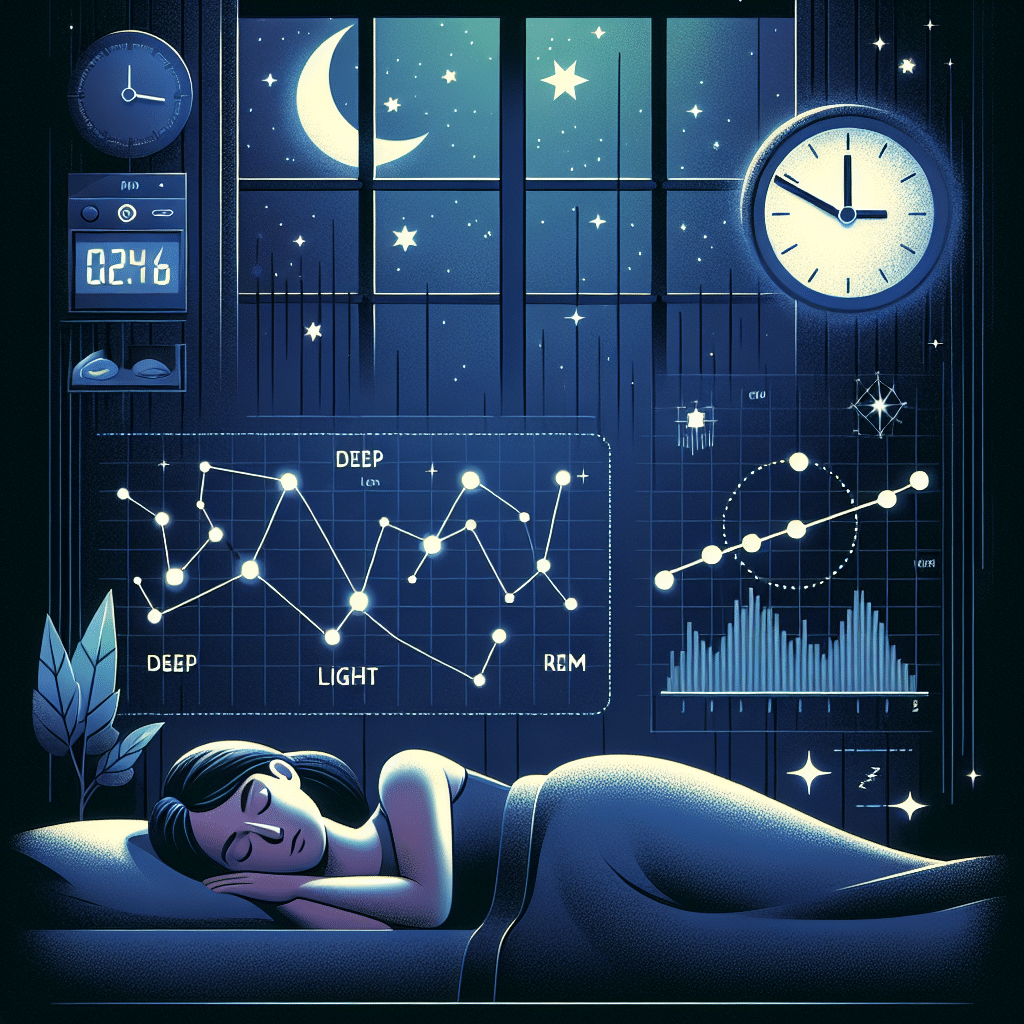Understanding Sleep Patterns
Sleep patterns refer to the cyclical nature of sleep stages that determine how well-rested one feels. Tracking these patterns helps identify issues such as insomnia, sleep apnea, or restless leg syndrome. By being aware of your sleep cycles, you can make informed decisions to enhance your overall well-being.
Importance of Tracking Sleep Patterns
Recognizing your sleep trends can lead to significant improvements in mental health, productivity, and physical wellness. Effective tracking allows you to identify correlations between your daily habits and sleep quality, helping establish better routines.
Ways to Track Sleep Patterns
1. Sleep Journals
A sleep journal is a straightforward method for tracking sleep patterns. By recording your bedtime, wake-up time, the quality of sleep, and daytime habits, you can pinpoint trends over time. Include notes on caffeine intake, exercise, and stress levels for comprehensive insights.
- How to Keep a Sleep Journal:
- Record data every morning.
- Note down mood and energy levels.
- Include any waking during the night.
2. Sleep Tracking Apps
Various sleep tracking applications can be downloaded to your smartphone. These apps utilize algorithms to analyze your sleep cycles, awareness of REM sleep, and more. Popular apps include Sleep Cycle, SleepScore, and Pillow.
- App Features to Look For:
- Sound analysis of sleep stages.
- Integration with wearables.
- Alarm features that wake you in a light sleep stage.
3. Wearable Sleep Trackers
Devices like smartwatches and fitness bands often have built-in sleep tracking capabilities. These devices can monitor heart rate, movement, and sleep quality.
- Benefits of Wearables:
- Continuous monitoring without manual input.
- Data is usually synced with companion apps for easy tracking.
- Provides insights into sleep stages with detailed analytics.
4. Polysomnography
For severe sleep issues or sleep disorders, polysomnography conducted in a sleep clinic can provide the most comprehensive data. This test records brain waves, blood oxygen levels, heart rate, and breathing, offering a full picture of your sleep health.
- When to Consider Polysomnography?
- Persistent insomnia.
- Suspected sleep apnea.
- Unusual sleep patterns or behaviors.
Tips for Effective Sleep Tracking
1. Be Consistent
Recording sleep data at the same time daily improves the accuracy of the information you gather. Try to maintain a consistent sleep schedule for the best results.
2. Monitor Daytime Habits
Understanding how lifestyle choices affect sleep is crucial. Track habits such as alcohol consumption, caffeine intake, and exercise to identify negative patterns influencing your sleep quality.
3. Evaluate Sleep Environment
Consider external factors affecting sleep, such as lighting, noise, and temperature. A comfortable sleep environment is essential for quality rest.
4. Analyze Sleep Data Regularly
Set aside time weekly or monthly to review your sleep data. Identify patterns or make notes of changes when modifying your routines or environments, then observe any resulting shifts in sleep quality.
Enhancing Sleep Quality
1. Establish a Sleep Routine
Creating a pre-sleep routine signals your body that it’s time to wind down. Consider engaging in relaxing activities, like reading or meditating, before bed.
2. Limit Screen Time
Blue light from phones and computers can disrupt melatonin production. Aim to reduce screen exposure at least 30 minutes before bedtime.
3. Create a Comfortable Sleep Environment
Invest in quality bedding that supports your sleep posture. Maintain a cool, dark, and quiet sleeping space that promotes relaxation.
4. Consider Relaxation Techniques
Practicing mindfulness, yoga, or progressive muscle relaxation can help ease the transition into sleep, leading to improved sleep patterns over time.
Common Sleep Disorders to Watch For
Tracking sleep patterns may reveal potential sleep disorders requiring attention. Be alert for signs of:
- Insomnia: Difficulty in falling asleep or remaining asleep throughout the night.
- Sleep Apnea: Frequent interruptions in breathing during sleep.
- Restless Leg Syndrome: Uncomfortable sensations in the legs leading to an urge to move.
Seeking Professional Help
If tracking reveals consistent disruptions or poor sleep quality, it may be time to consult a healthcare professional. They can provide tailored advice and recommend necessary tests or therapies.
Conclusion
Implementing a robust sleep tracking strategy helps you unlock the secrets of your sleep patterns. Whether employing a sleep journal, leveraging modern technology, or addressing environmental factors, effective tracking can lead to significant improvements in overall well-being. Recognizing patterns and making necessary adjustments is key to achieving a restful night’s sleep, boosting both mental and physical health.
